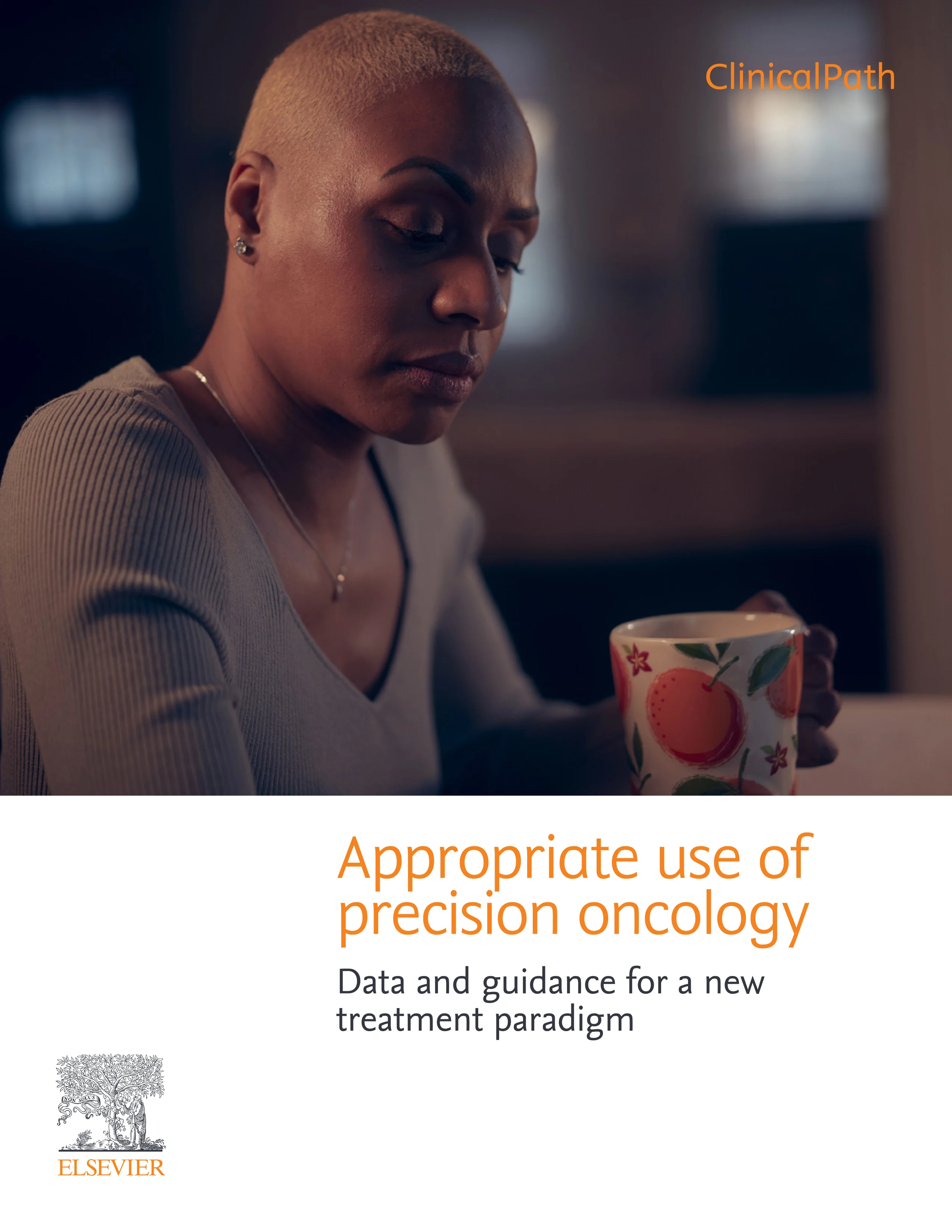
Appropriate use of precision oncology
2 de julho de 2025
The rapid growth of precision oncology presents both exciting opportunities and significant challenges for health systems. With new targeted therapies and biomarkers constantly emerging—especially in complex diseases like Non-Small Cell Lung Cancer (NSCLC)—clinicians face increasing difficulty keeping pace with evolving evidence. This can lead to inconsistent biomarker testing, inappropriate use of therapies, and higher costs, all which impact patient outcomes and reimbursement.
Our whitepaper highlights how implementing evidence-based clinical pathways can help your institution standardize and optimize precision oncology care by:
Guiding appropriate, patient-specific biomarker testing to reduce unwarranted variation.
Allowing clinicians to “pause” treatment decisions until test results are available, ensuring timely and accurate care.
Recommending optimal targeted therapies based on current biomarker data to improve treatment effectiveness.
Providing patient-centered materials to enhance understanding and adherence.
Delivering detailed analytics on testing rates, assay results, and therapy use to support quality reporting and reimbursement.
By embedding precision oncology pathways into your clinical workflow, your leadership team can confidently standardize care across sites, align practices with the latest evidence, and ultimately improve patient outcomes while managing costs.

Appropriate use of precision oncology
Download the full whitepaper now